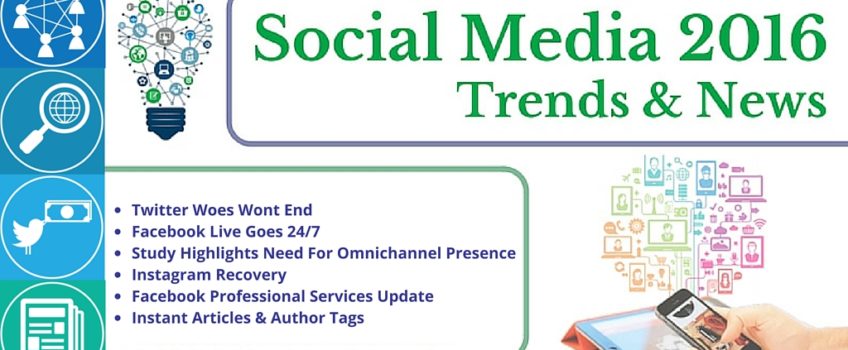
As we near the halfway point of the year there is still no sign of recovery for Twitter though Instagram seems to have stopped its slide and its engagement rate is beginning to creep back up. Here are the key social media trends and news items from the last 3 months.
Twitter’s Troubles Continue
Twitter’s stock price has continued its tumble amid renewed accusations of censorship, missed revenue targets and a number of changes to it’s senior staff. Despite achieving slightly above the forecasted increase in user base Twitter fell short of its revenue target by 2.2% equating to roughly $13 million.
Determined to stimulate user growth Twitter executives are embarking on a strategy of aggressive improvement with an impressive list of features being worked on.
The most noticeable change is one that has been welcomed almost unanimously. Reports emerged on the 15th of May that Twitter will soon stop including images and links in the 140 character limit that tweets are constrained by. Whilst the character limit on Twitter forces people to be uniquely creative with the messages they wish to send it has often been criticised for being too limiting. By the time a link and image are included in a Tweet it is not uncommon to be left with less than 100 characters with which to convey your message. Redefining the character limit so that it truly does refer to the message and not it’s attachments strikes a happy balance between keeping marketers on their toes and allowing everyone to communicate their messages with greater clarity.
In the face of these troubles Twitter has made concerted efforts to add new features to it’s platform, many of these focused around advertisers wants rather than the users. Twitter has moved to improve Periscope integration, allowing Periscope video to show in Tweets rather than only in the stand-alone Periscope App. Video has consistently been one of the best formats for both engagement and revenue for Twitter. Allowing Periscope promoted posts to show in a Twitter feed will doubtless help both platforms monetise more efficiently. How Twitter will seek to integrate the new Periscope development allowing recordings to stay live beyond 24 hours remains to be seen.
Facebook Live Is 24/7
Facebook has in the last month released its new Continuous Live Video API which allows persistent streams beyond the old limit of 90 minutes. Unlike regular Facebook Live broadcasts the Continuous Live streams will not be able to be replayed as hosting such huge amounts of data would be a mammoth task even for Facebook. Uses so far have included conference streaming, crowd watching and my personal favourites, dozens of 24/7 streams devoted to animals all over the globe. Facebook Live is no longer the preserve only of internet ranters and quasi-celebrities.
There have been two more updates to Facebook Live, the ability to geogate videos and also ‘engagement graphs’ which will allow a viewer to see where interaction with a broadcast has peaked with previous viewers. Geogating allows video streamers to restrict their viewership to a certain area, time period or number of views. This will help marketers and brands create a sense of urgency or exclusivity.
‘Engagement Graphs’ could be the thing that finally gives Facebook Live a real edge over Periscope when it comes to the fight to be the dominant Live-streaming application in 2016. Attention spans are notoriously short on social media; by allowing end-users to see what parts of a video broadcast provoked the biggest reaction it will drastically reduce the amount of filler they have to sit through. Using Soundcloud as an example is a good way for people to conceptualise what this development could look like.
The big ‘News Feed Boost’ Facebook is giving to Live broadcasts along with this fast pace of development are a clear signal of intent from the social media giant. Facebook want us to feel in control, as if we are gaining value from having these videos on our Newsfeeds. The ability to see what parts of a video are interesting from the off adds to this value prospect. The flip-side is that as we get more used to seeing Live broadcasts in our Newsfeeds we will also get more used to the Ads that go along with them!
Customers Expect To Be Able To Reach You Everywhere!
The channels through which the average customer expects to be able to reach a business have been changing relatively quickly over the last few years. On Facebook any customer can see the average time it takes for your business to respond to a message on it’s page. ‘Excellent Customer Service’ now means a reply to a Tweet in minutes for many of the younger generations. Whilst ‘Email’ tops the rankings for ‘Customer Service Channel Most Regularly Used’ in most countries surveyed there has been significant growth in the use of live chat and social media as customer service channels.
Poor customer service has the ability to hurt not only your bottom line but also your brand image. Creating an omnichannel brand presence and ensuring proper communication between channels via a CRM system is vital to maintaining healthy relationships with your customers and clients.
Instagram Recovering?
Instagram is such an attractive Ad platform for certain kinds of business because the average engagement rates dwarf those that can be achieved on Facebook and Twitter.
Instagram continues to have a slightly younger demographic than Facebook and Twitter, it sits behind Facebook and in front of Twitter in terms of penetration of the 18-29 demographic. Instagram is the only social network of the ‘Big 3’ whose users identify as ‘mobile-first’ which means they report their most important device for getting online is a mobile one.
Instagram announced a planned change to the way it displays content in a user’s feed. The switch from chronological to algorithmic display is designed to create a more engaging experience for the user. ‘Engagement’ is the key word here. Instagram’s high engagement rate which has always been one of it’s uniquely attractive features for advertisers and marketers had been in a nose-dive for around a year in February. User Growth in December 2015 was down 85% on the start of the year. Both Instagram’s engagement rate and user growth are starting to recover slowly, however they don’t look like they’ll reach Q1 2015 levels again any time soon. In April 2016 the platform’s Engagement Rate was less than half what it was a year before. In April 2016 Instagram signed up less than a quarter of the new users it did in April 2015.
It’s too early to say if this update will have any significant impact on either metric. The public backlash seemingly changed Instagram’s implementation schedule. Instagram V8.0.0 which was released on May 11th had no explicit mention of a change to how content would be displayed however many users report their feed is no longer exclusively chronological. Upon checking while writing this I’ve noticed my feed is no longer showing content chronologically. Angry articles are cropping up around the web in response to what a lot of people feel is Instagram trying to sneak the change through. Once the general public notice time will tell if this was a wise decision to avoid a lot of fuss over nothing or a public relations disaster.
Instagram has always been an especially useful channel for ‘Influencer Marketing’ and now more than ever brands will have to begin to work closely with influencers if they wish to continue appearing to their earned fan base. Whilst many users are less than enthusiastic about the changes to Instagram they will require marketers to be ever more inventive to capture their audience’s attention. Those that cannot create the kind of content people want to see will naturally be culled, it’s hard to say that’s anything but a positive for the end user!
Facebook Professional Services Updates
Towards the end of last year Facebook introduced both the ‘Services’ and ‘Shop’ tabs to business pages and a ‘Services’ page that resembles a cross between a search engine and a directory. Both of the tabs are available only to certain types of pages, for a full rundown of what pages they are available on and how to set them up visit here and here.
When using the search function on the ‘Services’ page the results return full of rich media and with an interactive map next to them. Information available at a glance;
- Business Name
- 5 Star Rating
- Phone Number
- Number of Reviews
- Review Snippet
- Up to 3 Photos
- Location on Map
From these results you can easily click through to the ‘Reviews’ section of the business page in question and see what the public have to say about them and their services. There is the option to save a result so that it can be easily found from your homepage. The mobile iteration of services when accessed from a web browser is quite substandard; when accessed through ‘Nearby Places’ in the Facebook App it looks a little better showing more useful information in the results.
Facebook Instant Articles & Author Tags
Author Tags have been around on Facebook for over 18 months now but their use is still patchy at best. With traffic from Instant Articles staying within Facebook your options for ‘wowing’ the reader and connecting are limited. The format of the articles move focus away from the publisher and toward the individual article. Getting readers to Follow the authors of certain parts of your content ensures that they are more likely to see what they want from you. Equally if you are an author being published in multiple places Instant Articles may limit the exposure of normal ‘Bio’ elements that are included when you write for organisations.Crucially the ‘Follow’ option and your name will be one of the first things a reader sees when they close the article, the perfect time for them to take action if they loved your content.
What does this mean for content creators? First and foremost this update once again highlights that you must be optimised for mobile devices in order to flourish in 2016. The Instant Articles platform is still a little limited, many kinds of content simply won’t work well with it. The flip-side is that those that do should see the touted increases in sharing and decreases in abandonment of articles. If you’re not using a publishing platform like WordPress that is compatible with Instant Articles you may be limiting your marketing efforts. You may be able to develop an integration and it pays to look into such things before you need them! Finally the ability to serve ads means that if you are a content creator but not a ‘publisher’ you may be able to gain some previously untapped revenue on the back of your content marketing.
Related Post
What’s the single...
Adam Vincenzini from Comms Corner recently posted a very good article which I think goes...
- January 25, 2011
- By Rob Thomas
- Blogging
Effective Facebook Marketing...
With over 600 million users, Facebook represents the single most connected platform on...
- March 1, 2011
- By Nadine Thomas
- Latest Online Trends
How To Drive Sales With...
Landing pages have long been the primary tool of the web-savvy marketer. Whether the...
- June 12, 2011
- By Nadine Thomas
- e-Commerce
Content Sharing Via Social...
Target marketing to meet your business goals Is your business using social media channels...
- June 15, 2011
- By Nadine Thomas
- Digital Marketing
Social Media Spotlight:...
Until Facebook came along, Google was the undisputed online leader. However, this started...
- August 23, 2011
- By Nadine Thomas
- Social Media
Getting the Most from your...
LinkedIn is not only the most popular social network for professionals but with more than...
- November 22, 2012
- By Nadine Thomas
- Linked In

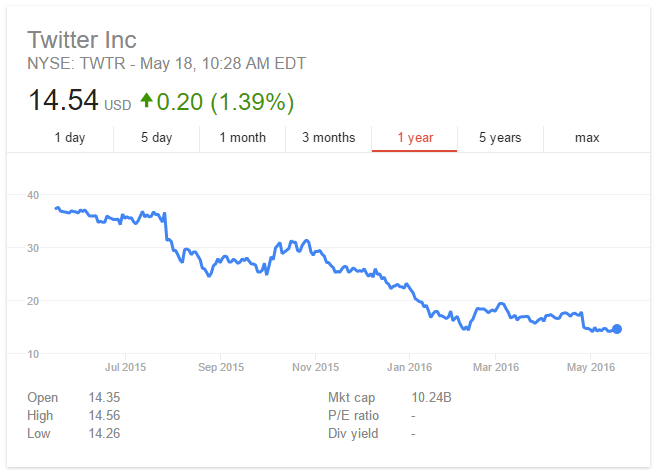
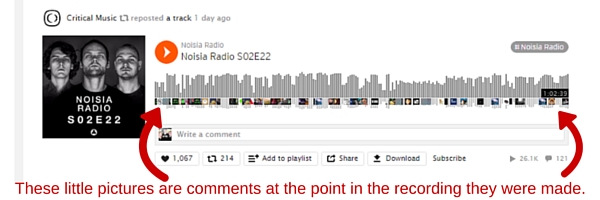

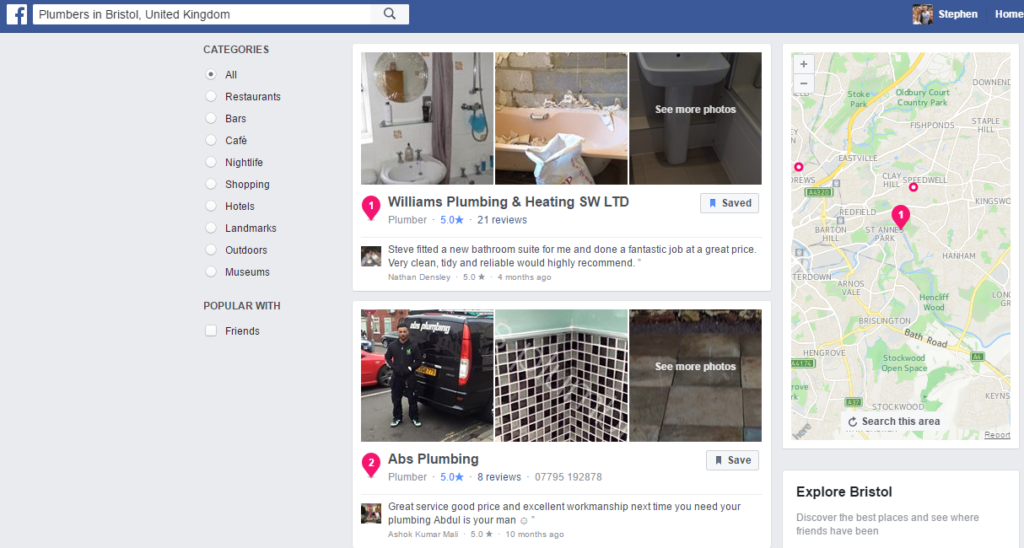
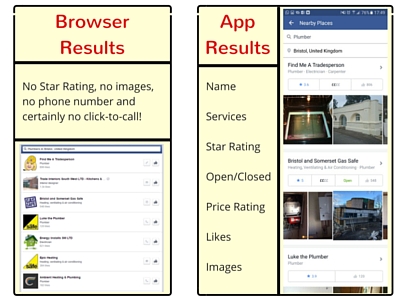


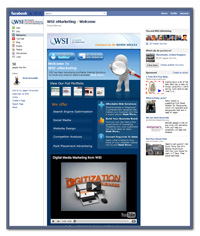
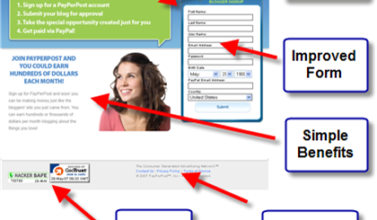







Leave a Comments